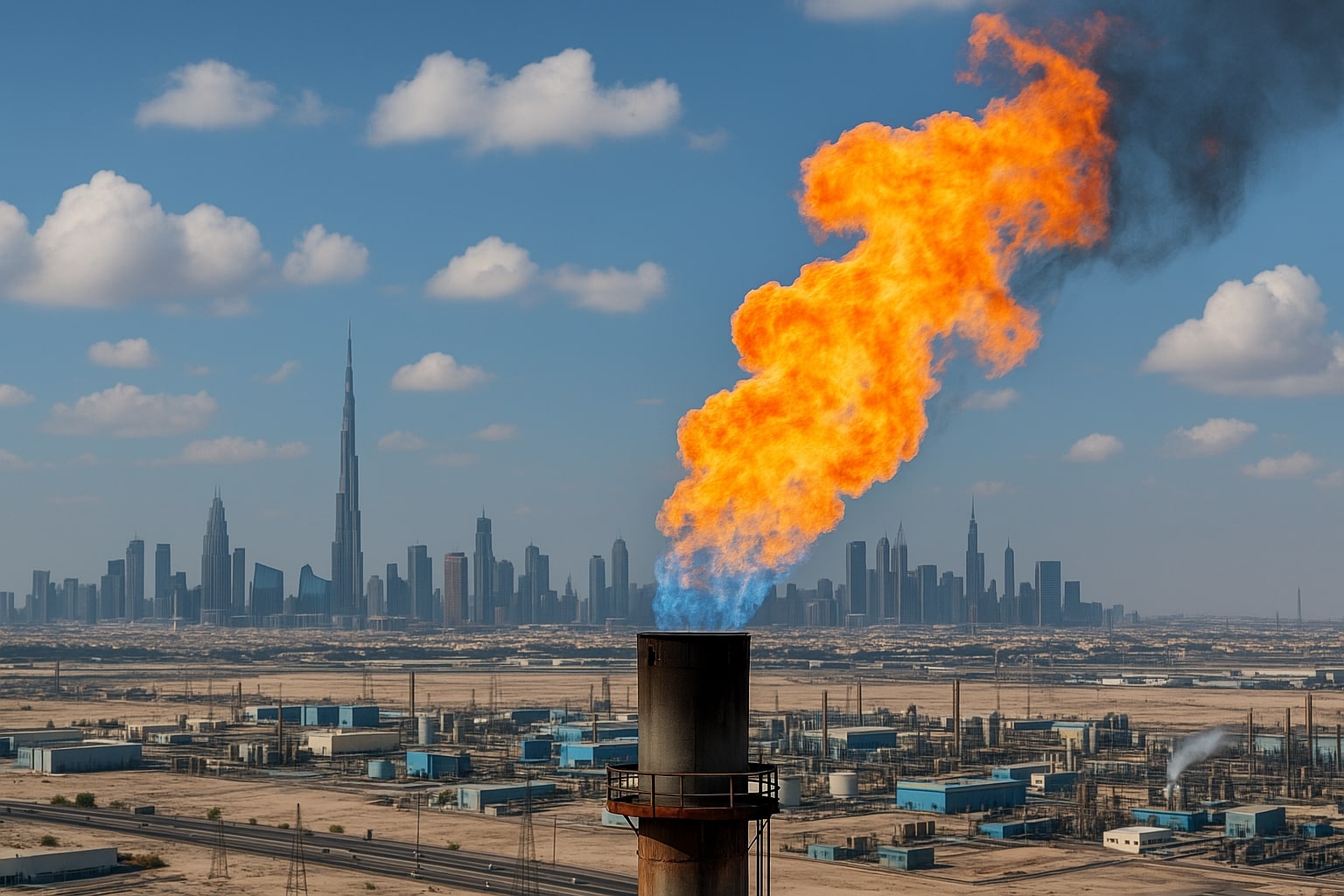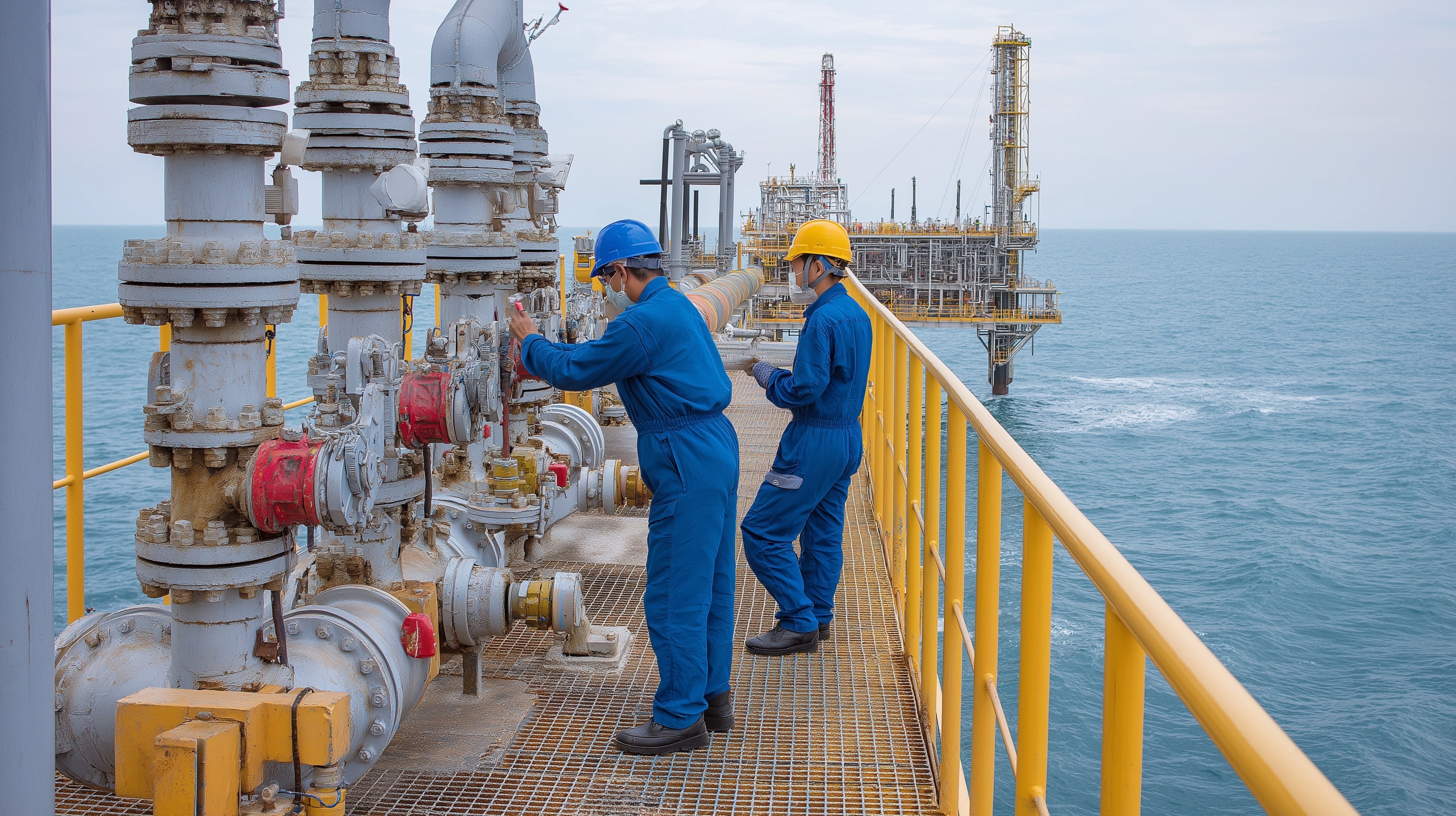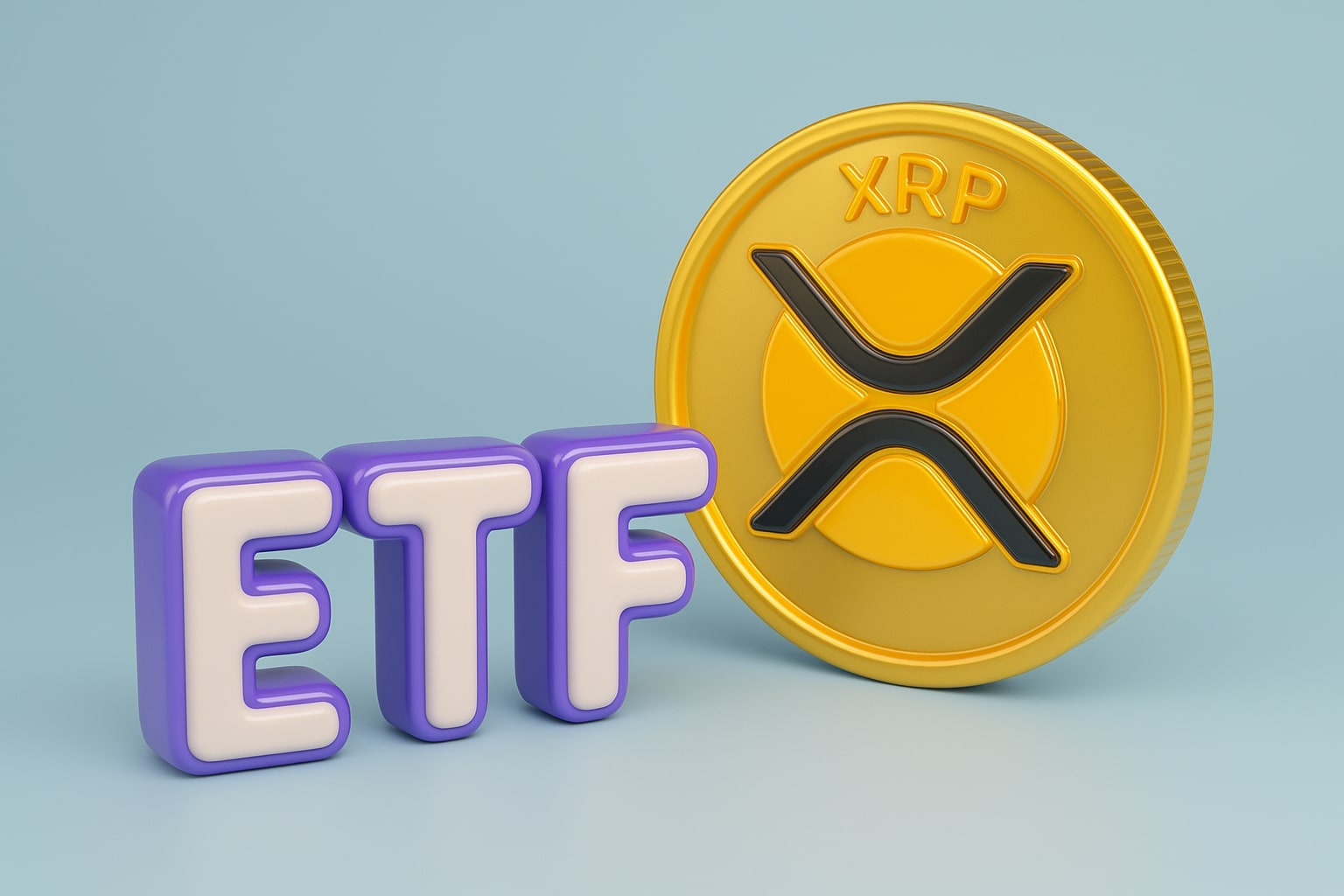
Natural Gas Futures Drop to $2.83, Storage Surplus and AECO Crash Weigh as LNG Flows Steady
NG=F falls 2.4% to $2.835 amid 73 bcf storage build and negative AECO cash prices, while November contracts edge $3.21 and LNG exports steady at 15.7 bcfd, leaving bulls waiting for colder weather to spark a breakout | That's TradingNEWS
Natural Gas Futures Face Pressure as NG=F Retreats Below $2.85
Natural Gas (NG=F) slipped 2.4% on Friday, with the October contract closing at $2.835 per million British thermal units (mmBtu), extending a three-week decline that erased more than 8% from early September highs. The November contract, NGX25, managed to steady at $3.21, marking a two-month peak if sustained, but the market remains under pressure from heavy storage levels and mild weather forecasts. This week’s decline adds to losses of 2% in the prior week and 4% the week before, underscoring a persistent bearish tone despite attempts to recover above $3.00.
Regional Spot Market Collapse with Waha and AECO in Negative Territory
The most dramatic pricing signals came from cash markets, where the Waha Hub in West Texas and Canada’s AECO benchmark settled at negative levels multiple times. AECO endured four straight days of subzero averages this week, plunging as low as minus $0.05/mmBtu, a historic low that forced Canadian producers to curtail output. Advantage Energy and ARC Resources both confirmed aggressive shut-ins, with ARC trimming between 75 million and 200 million cubic feet per day of production at Sunrise. Waha Hub fared little better, trading negative for the twelfth time in 2025, highlighting severe pipeline congestion. In contrast, Henry Hub next-day gas stabilized at $2.98, PG&E Citygate held at $3.70, and SoCal Citygate traded at $3.41, illustrating stark regional imbalances across North America.
U.S. Storage Levels Add Weight as Inventories Rise to 3,581 bcf
Storage injections remain a critical drag on NG=F. The latest build of 73 billion cubic feet (bcf) pushed total stocks to 3,581 bcf, 5.6% above the five-year seasonal average and 41 bcf higher than last year. With production still elevated—September averaged 107.4 bcfd versus the August record of 108.3 bcfd—the market remains oversupplied heading into the winter strip. Daily output briefly fell to 106.3 bcfd, its lowest since July, but remains well above last year’s 100.6 bcfd. These storage and production dynamics have kept a ceiling on futures despite stronger seasonal demand expectations.
Weather Forecasts and Hurricane Activity Fail to Spark Rally
Weather models point to warmer-than-average temperatures across the Lower 48 through October 11, with cooling degree days (CDDs) projected at 93 over the next two weeks compared with a 30-year norm of 66. That extended warmth delays heating load, curbing residential demand that typically rises into October. Hurricane Humberto, tracking through the Atlantic between Puerto Rico and Bermuda, is strengthening but poses no threat to Gulf Coast gas infrastructure. LNG facilities along the Gulf, which collectively consume up to 16 bcfd, remain safe for now, though any storm disruptions could cut into exports. LNG feedgas flows averaged 15.7 bcfd in September, just below August’s 15.8 bcfd, and shy of the April record of 16.0 bcfd. While storms often support prices by reducing production, the larger risk this season is demand loss from shuttered LNG export terminals or regional power outages.
Read More
-
PFFA ETF Nears $21.50 as Rate Cuts and 9.49% Yield Spark Renewed Demand
29.11.2025 · TradingNEWS ArchiveStocks
-
XRPI and XRPR ETFs Ignite Ripple’s Institutional Rally as Inflows Near $1B and XRP Holds $2.20
29.11.2025 · TradingNEWS ArchiveCrypto
-
Natural Gas Price Forecast - NG=F Blasts to $4.85 as Demand Surge Fuel Multi-Month Breakout
29.11.2025 · TradingNEWS ArchiveCommodities
-
USD/JPY Price Forecast - Yen to Dollar Slides to 156.10 as Yen Strengthens on Fed Cut Expectations
29.11.2025 · TradingNEWS ArchiveForex
International Benchmarks Show Persistent U.S. Discount
Global benchmarks highlight the discounted nature of U.S. gas. Title Transfer Facility (TTF) in Europe closed at $11.08/mmBtu, while the Japan-Korea Marker (JKM) traded at $11.28, nearly four times higher than Henry Hub levels. This wide gap supports U.S. LNG exports in theory, but pipeline bottlenecks and shipping logistics limit full exploitation of the spread. In Canada, AECO’s year-to-date average sits at just $1.03/mmBtu, underlining how regional infrastructure continues to depress local realizations. LNG Canada’s startup, which began exports two months ago, is expected to ease the imbalance, but producers are curtailing aggressively until that incremental demand stabilizes pricing.
Technical Picture for NG=F Points to Tight Range
Technically, Natural Gas has been unable to establish sustained momentum above $3.00. The $2.80 handle has emerged as key support, with downside risk to $2.65 if storage builds remain heavy. Resistance is clustered around $3.20, with a breakout above that threshold opening a move toward $3.50. Bulls ultimately need a colder-than-expected October or disruptions in supply to propel NG=F toward $4.00 into winter. Current price action shows failure to hold the 200-day EMA, reinforcing that sellers remain in control unless weather dynamics turn decisively colder.
Investment Outlook: Hold With Bearish Near-Term Bias
The combination of storage overhang, pipeline dislocations, and muted heating demand leaves Natural Gas biased lower in the short term. NG=F is likely to oscillate between $2.65 and $3.20 heading into October, with any rally toward $3.50 dependent on a weather-driven demand spike or unforeseen supply shock. While longer-dated contracts such as November NGX25 reflect some seasonal strength at $3.182, the near-term tone is defensive. The investment stance here is Hold with a bearish short-term bias, while preparing for potential upside trades as winter weather risk builds.



















